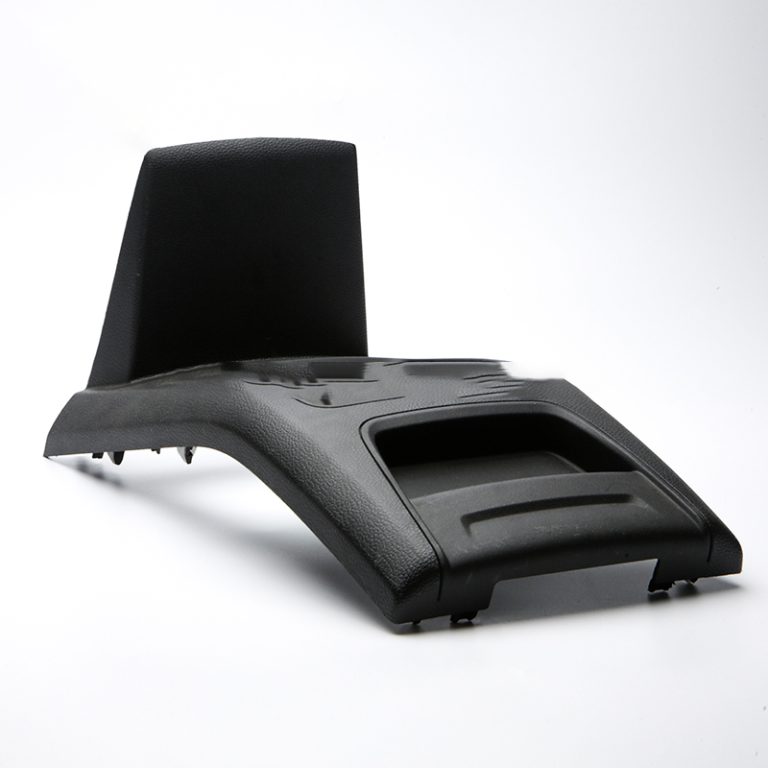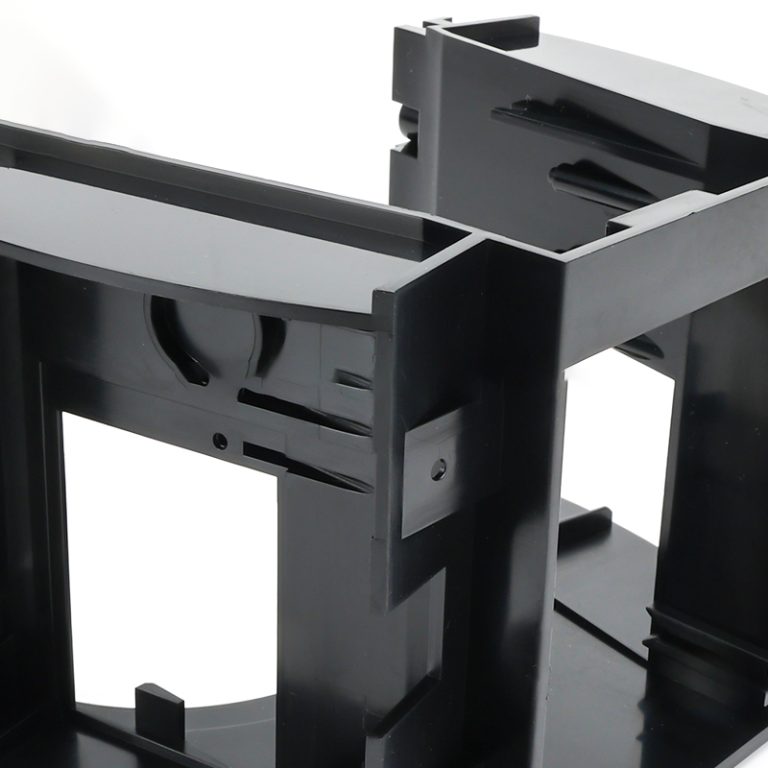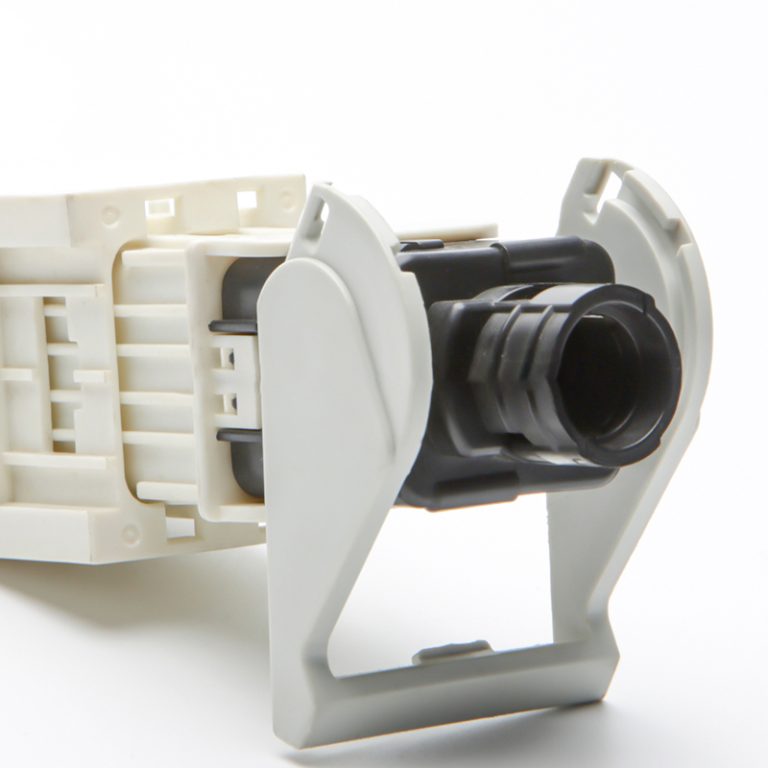Table of Contents
Benefits of Using LDPE Plastic Injection Molding for Manufacturing
Injection molding LDPE plastic injection mold is a popular manufacturing process that offers a wide range of benefits for businesses looking to produce high-quality plastic products. LDPE, or low-density polyethylene, is a versatile material that is commonly used in injection molding due to its flexibility, durability, and cost-effectiveness. In this article, we will explore the various advantages of using LDPE plastic injection molding for manufacturing.
One of the key benefits of LDPE plastic injection molding is its ability to produce complex and intricate shapes with high precision. This process allows for the creation of detailed and intricate designs that would be difficult or impossible to achieve with other manufacturing methods. LDPE plastic injection molding also offers excellent repeatability, ensuring that each product is consistent in quality and appearance.

Another advantage of LDPE plastic injection molding is its cost-effectiveness. The initial tooling costs for injection molding can be high, but once the molds are created, the production costs are relatively low. This makes LDPE plastic injection molding a cost-effective option for businesses looking to produce large quantities of plastic products. Additionally, LDPE plastic injection molding is a fast and efficient process, allowing for high-volume production in a short amount of time.
LDPE plastic injection molding also offers excellent strength and durability. LDPE is a tough and resilient material that can withstand a wide range of temperatures and environmental conditions. This makes LDPE plastic injection molding ideal for producing products that need to withstand wear and tear, such as automotive parts, electronic components, and consumer goods.
Furthermore, LDPE plastic injection molding is a versatile process that can be used to produce a wide range of products in various industries. From medical devices to household appliances, LDPE plastic injection molding can be used to create products of all shapes and sizes. This versatility makes LDPE plastic injection molding a popular choice for businesses looking to manufacture a diverse range of products.
In addition to its strength and versatility, LDPE plastic injection molding is also a sustainable manufacturing option. LDPE is a recyclable material that can be reused and repurposed, reducing waste and environmental impact. By choosing LDPE plastic injection molding, businesses can reduce their carbon footprint and contribute to a more sustainable future.
Overall, LDPE plastic injection molding offers a wide range of benefits for businesses looking to manufacture high-quality plastic products. From its ability to produce complex designs with high precision to its cost-effectiveness and sustainability, LDPE plastic injection molding is a versatile and efficient manufacturing process. Whether you are producing automotive parts, electronic components, or consumer goods, LDPE plastic injection molding is a reliable and effective option for bringing your designs to life.
Tips for Designing an Efficient LDPE Plastic Injection Mold
Injection molding is a widely used manufacturing process for producing plastic parts in large quantities. LDPE, or low-density polyethylene, is a popular material choice for injection molding due to its flexibility, durability, and cost-effectiveness. Designing an efficient LDPE plastic injection mold is crucial for achieving high-quality parts and maximizing production efficiency.
When designing an LDPE plastic injection mold, it is important to consider the material properties of LDPE. LDPE is a thermoplastic material that has a low melting point and high flowability. This means that LDPE can be easily melted and injected into the mold cavity, allowing for intricate and detailed part designs. However, LDPE also has a tendency to shrink and warp during the cooling process, so it is important to account for these factors in the mold design.
One tip for designing an efficient LDPE plastic injection mold is to carefully consider the part geometry and wall thickness. LDPE has a high shrinkage rate, so it is important to design the mold with the appropriate draft angles and wall thickness to minimize warping and distortion. Additionally, designing the mold with uniform wall thickness can help to ensure consistent part quality and reduce the risk of sink marks or voids in the finished part.
| our services | size |
| one-stop services | customization |
Another important consideration when designing an LDPE plastic injection mold is the gate design. The gate is the point at which the molten plastic is injected into the mold cavity, and the gate design can have a significant impact on part quality and production efficiency. For LDPE, it is recommended to use a large gate size and a direct gate design to ensure proper flow of the molten plastic and minimize the risk of flow marks or weld lines on the finished part.
In addition to part geometry and gate design, it is also important to consider the cooling system when designing an LDPE plastic injection mold. Proper cooling is essential for achieving consistent part quality and reducing cycle times. For LDPE, it is recommended to use a uniform cooling system with adequate cooling channels to ensure even cooling of the mold cavity. Additionally, using a water-based cooling system can help to reduce cycle times and improve production efficiency.
Overall, designing an efficient LDPE plastic injection mold requires careful consideration of material properties, part geometry, gate design, and cooling system. By taking these factors into account and working closely with experienced mold designers and engineers, manufacturers can achieve high-quality parts and maximize production efficiency. LDPE plastic injection molding offers a cost-effective and versatile solution for producing a wide range of plastic parts, and with the right mold design, manufacturers can achieve consistent and reliable results.





